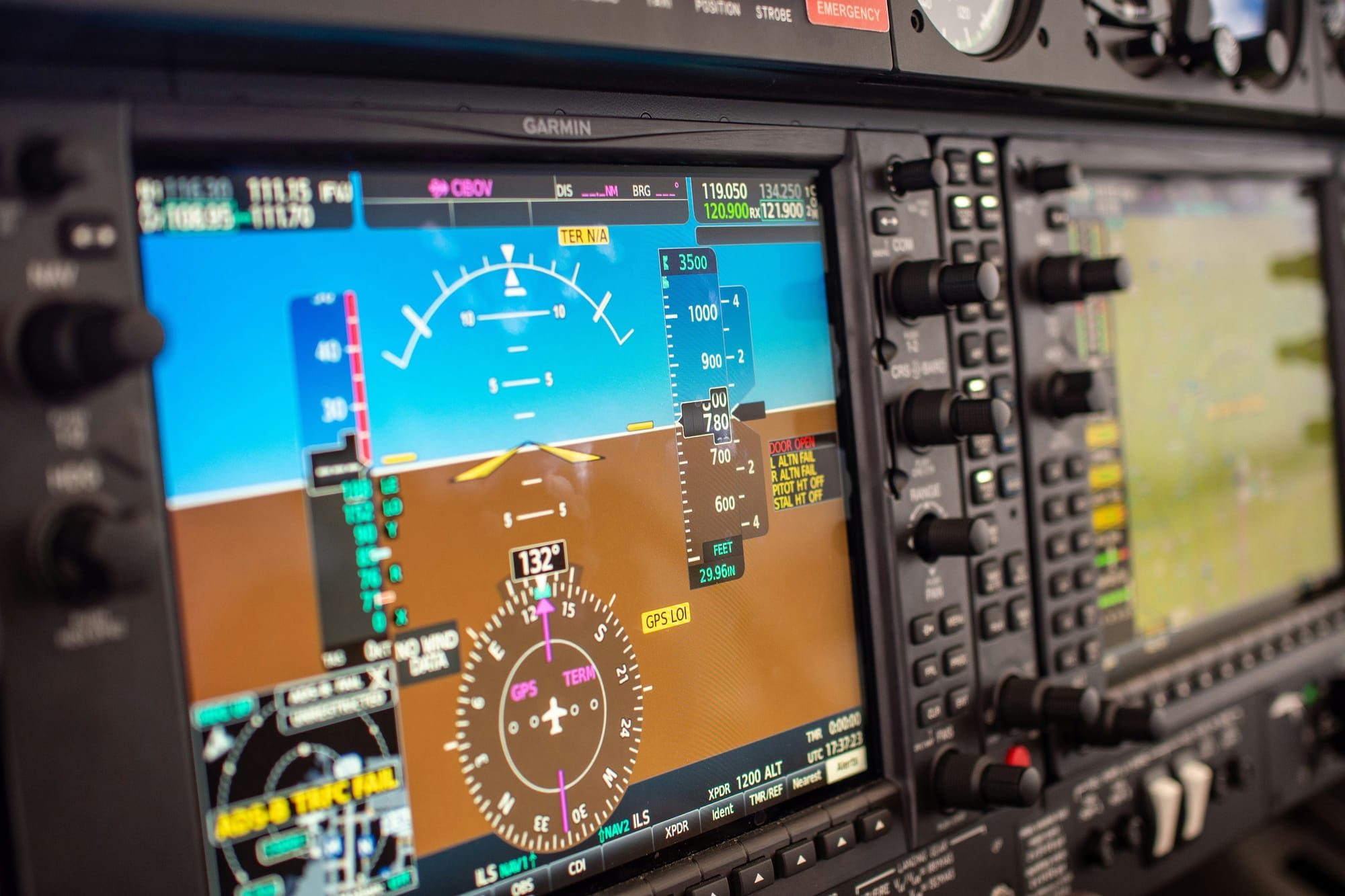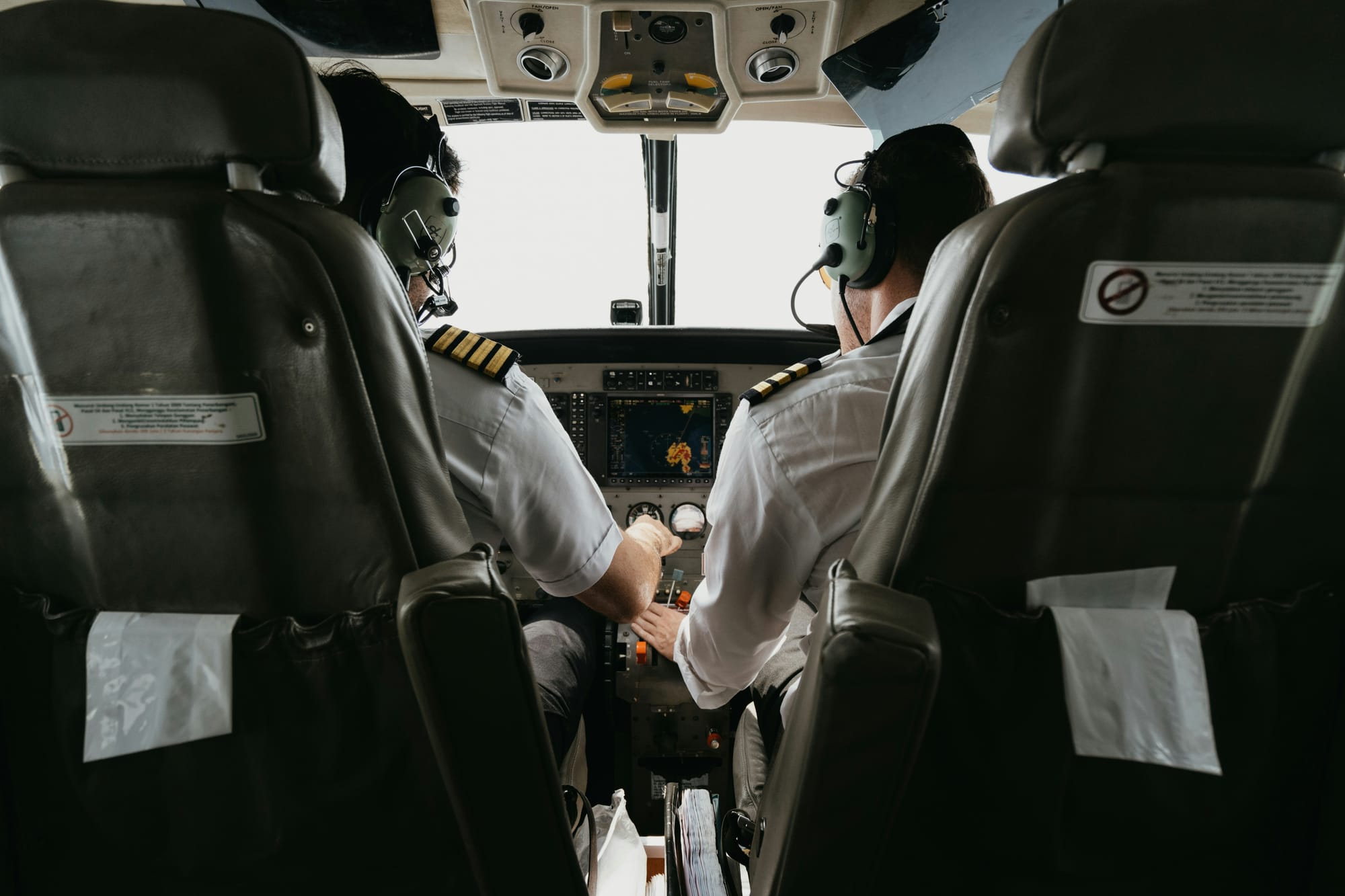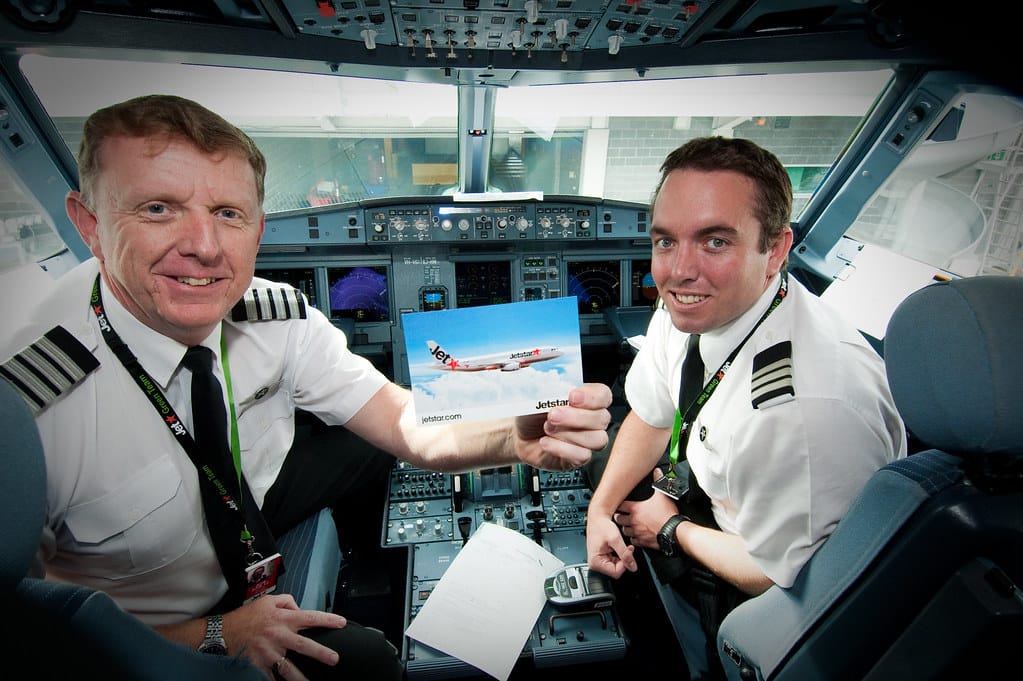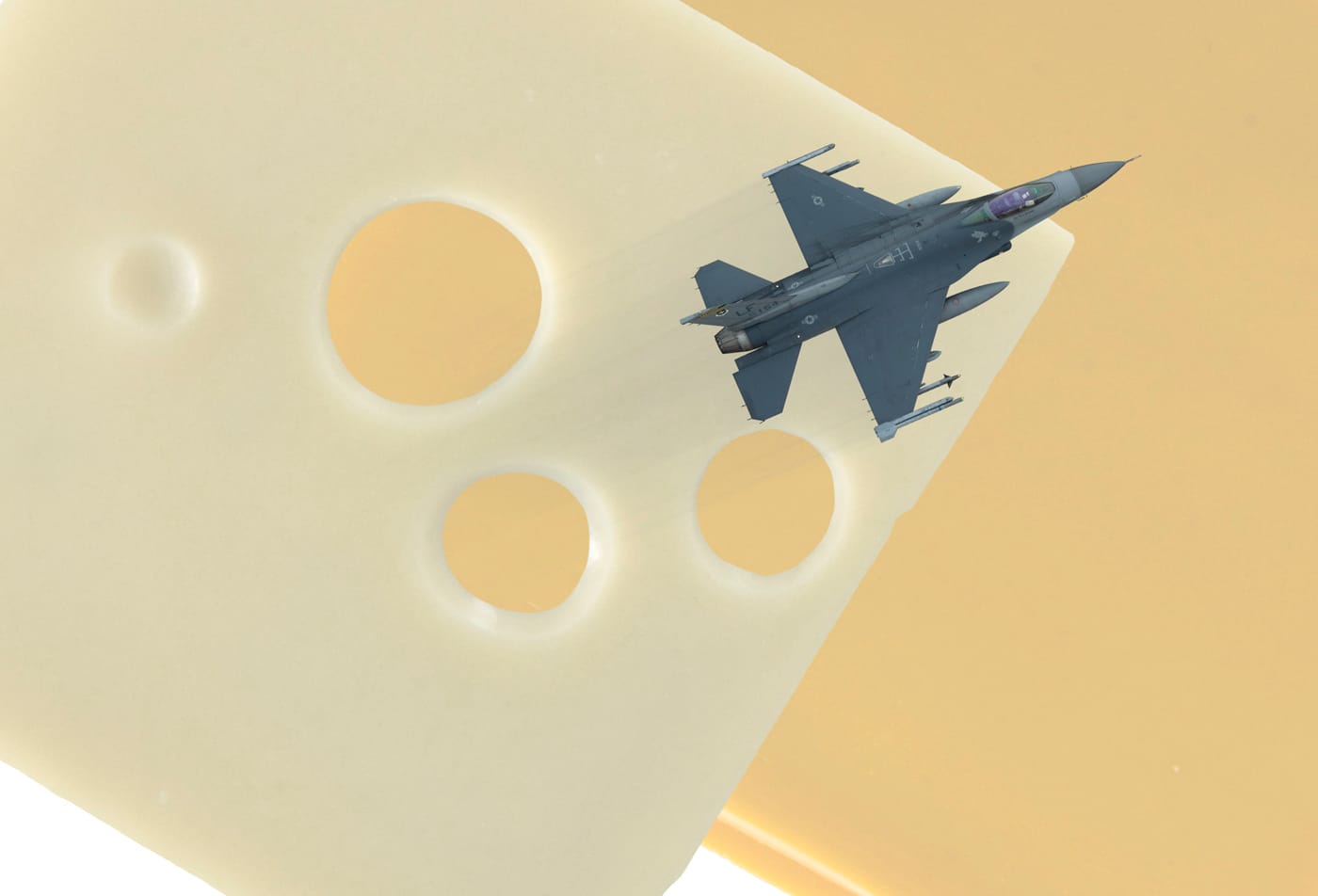How Space Weather Can Affect Airplanes and Navigation Equipment

In recent years, the aviation industry has increasingly recognized the profound effects that space weather can have on aircraft operations and navigation systems. Space weather refers to the environmental conditions in space, driven primarily by solar activity, such as solar flares, geomagnetic storms, and cosmic radiation. While space weather is typically associated with the distant cosmos, its impacts can reach Earth, influencing various technologies and systems that modern aviation relies upon.
What Is Space Weather?
Space weather is mainly driven by solar activity. The Sun emits a constant stream of charged particles known as the solar wind. Occasionally, intense bursts of energy, such as solar flares and coronal mass ejections (CMEs), release massive amounts of radiation and charged particles into space. When these events are directed toward Earth, they can trigger geomagnetic storms that disturb Earth’s magnetic field. Space weather also includes cosmic rays—high-energy particles from beyond the solar system that can penetrate the atmosphere and interact with electronic systems.
How Space Weather Affects Aircraft

While aircraft fly within the Earth's atmosphere, the impacts of space weather can still affect them, especially on high-altitude flights or those near the poles. Here are the main ways in which space weather impacts aviation:
Communication Disruptions
One of the most immediate impacts of space weather is the disruption of communication systems. High-frequency (HF) radio communication, commonly used by aircraft flying over oceans or remote polar regions, is particularly vulnerable to solar activity. During solar flares or geomagnetic storms, the ionosphere—a layer of Earth’s atmosphere that reflects HF radio waves—can become highly ionized. This ionization can cause signal degradation, increased noise, and in some cases, complete blackouts of HF communications. Such outages pose significant risks for aircraft in regions where satellite or ground-based communications are unavailable.
Satellite Navigation (GPS) Interference

Global Positioning System (GPS) technology is crucial for modern aviation, providing accurate navigation and timing information. However, space weather can interfere with GPS signals. Geomagnetic storms can disturb the ionosphere, leading to signal delays or loss of accuracy in GPS readings. This interference is particularly concerning for precision navigation, such as during approach and landing phases, where accuracy is critical. The degradation of GPS signals can affect automated systems that rely on precise timing and positioning data.
Radiation Exposure
Solar energetic particles (SEPs), generated during solar flares and CMEs, pose a radiation hazard to both aircraft passengers and crew. At high altitudes, especially near the poles, the Earth's magnetic field provides less protection from these energetic particles. While the radiation dose from space weather events is generally low, during significant solar storms, the exposure can exceed safety thresholds, particularly for long-haul flights over polar routes. Pregnant passengers and frequent flyers are at higher risk of receiving elevated radiation doses, which has led some airlines to reroute flights to avoid polar regions during intense solar events.
Instrument and System Malfunctions

Modern aircraft are equipped with sophisticated electronics, often referred to as avionics, to manage everything from navigation to engine performance. These systems can be vulnerable to space weather, particularly geomagnetic storms and cosmic rays. Cosmic rays, for instance, can cause single-event upsets (SEUs) in aircraft avionics, where high-energy particles strike a semiconductor device, causing a bit flip in digital systems. Although aircraft systems are designed with redundancy and error-correcting codes to mitigate these risks, the potential for temporary malfunctions during severe space weather events remains a concern.
Specific Risks for Polar Flights

Flights over the polar regions are especially susceptible to space weather effects for several reasons. First, HF radio communications are more commonly used in polar regions because of the lack of satellite coverage at high latitudes. Secondly, the Earth’s magnetic field provides less protection from cosmic rays and solar particles at the poles, increasing radiation exposure for flights traversing these areas. Airlines operating polar routes, such as between North America and Asia, may face the need to reroute flights during severe space weather events to avoid communication blackouts and elevated radiation levels.
Mitigating the Effects of Space Weather

Given the potential risks, the aviation industry has developed several strategies to mitigate the impact of space weather:
- Space Weather Forecasting
Organizations such as the Space Weather Prediction Center (SWPC) in the United States and the European Space Agency (ESA) provide space weather forecasts and alerts to airlines and aviation authorities. These forecasts allow airlines to anticipate solar events and take precautionary measures, such as rerouting flights or preparing for potential communication outages. - HF Radio Alternatives
In response to the vulnerability of HF radio to space weather, some airlines are investing in satellite-based communication systems, which are less affected by ionospheric disturbances. While satellite communication can still be influenced by space weather, particularly during intense geomagnetic storms, it offers a more reliable alternative in many scenarios. - Rerouting Polar Flights
During periods of heightened solar activity, airlines often reroute flights away from the poles to reduce radiation exposure and ensure reliable communication. While this can add time and cost to the journey, it is a necessary precaution to maintain passenger and crew safety. - Avionics Hardening
Aircraft manufacturers are continuously working to "harden" avionics systems against the effects of space weather. This involves designing electronics that are more resistant to the high-energy particles associated with cosmic rays and solar storms, reducing the likelihood of system malfunctions.
Final Thoughts
As air travel continues to grow and technology becomes ever more integrated into aviation operations, understanding and mitigating the effects of space weather will remain a critical focus for the industry. While the risks posed by space weather are not yet fully eliminated, ongoing advancements in forecasting, technology, and operational protocols are helping to ensure that space weather events do not compromise the safety and efficiency of air travel.





